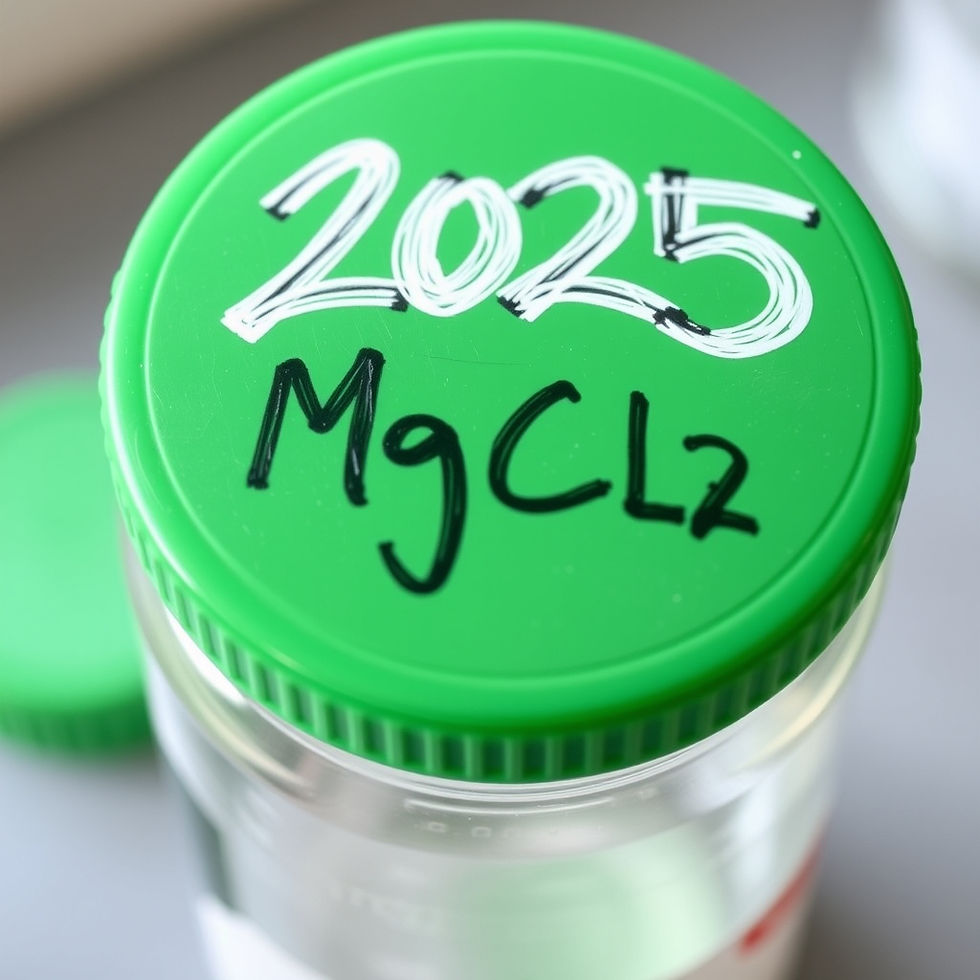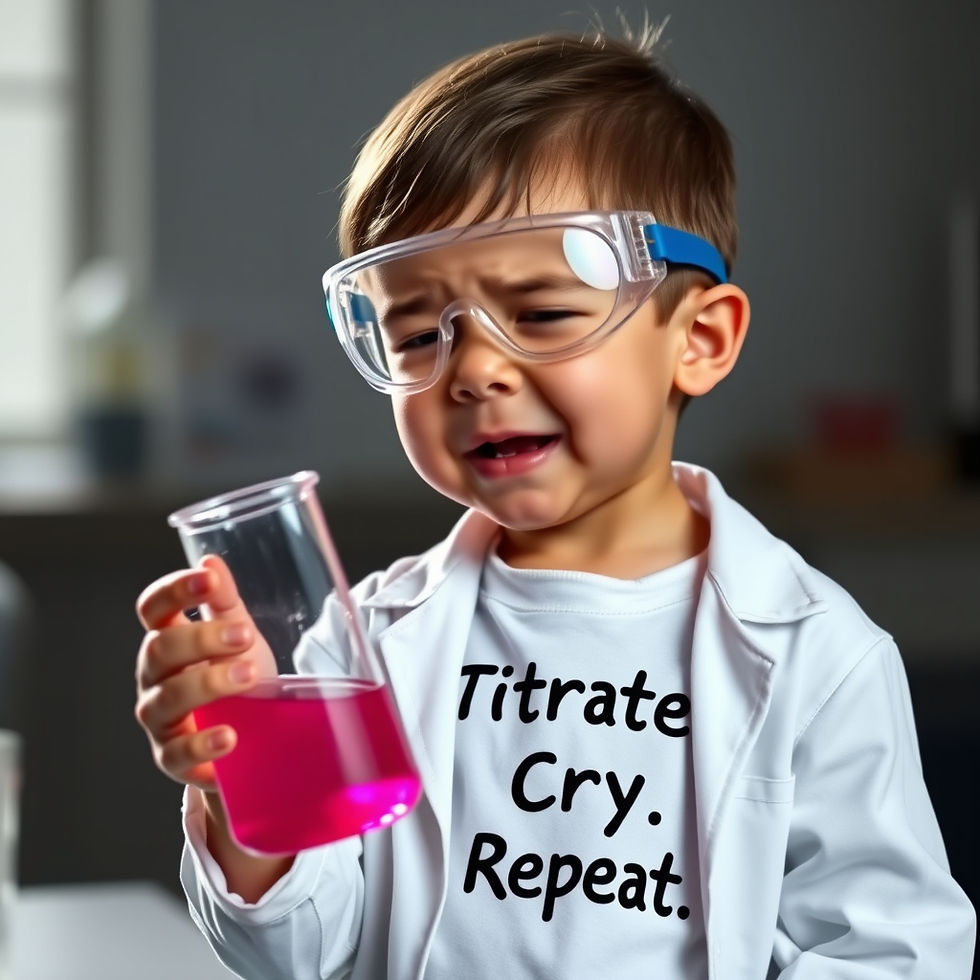Teach Limiting Reagent More Effectively with a Lab You Are Already Using
- Brennan Koch
- Mar 3, 2023
- 3 min read
Don’t you love it when this happens? It’s the 'aha' moment. And it’s one that you set them up for all along. My students discovered the impact of limiting reagents, but they thought it was just a competition. This is an easy way that you can manipulate the single displacement lab that you are already using, and help the kids have revelations about limiting reagents. Here are a few little changes to make to what you are already doing.
1. Do the Limiting Reagent Lab Earlier in the Unit
I moved this lab up a little in the schedule, it made a huge difference. The students have just learned about mole ratios. They can slowly calculate inputs and outputs of reactions in grams. The idea of the limiting reagent exists, but they don’t really know how to calculate it well. This ended up being the most fertile mental soil for them to learn about limiting reagents.
2. Make it a Huge Competition
Go ahead, ham it up. Tell them that this is a huge competition. Set the sides of the class against each other. In my class, I told them that the kids sitting on the right half of the lab were my favorites. And the other side, I just called the others. I jokingly explained that I liked the right side so much more that I was going to give them twice as much copper (II) sulfate to use. We were doing copper (II) sulfate reacting with zinc and we were measuring the amount of copper produced. So when I told them that “My Favorites” were getting
twice as much copper (II) sulfate, they made the connection, though incorrect, that the favorites had a major advantage. In their minds they thought, “If the favorites have twice as much copper (II) sulfate, the others will never be able to win.” And that is exactly where I wanted them. Kids want to win, and we can harness that desire to push them into thinking more deeply about chemistry.

3. Show the Results Publicly
At the end of the period, write the results on the board. My board had “Favorites” on one side and “Other” on the other. Then I went group by group and asked them to tell me how many grams of copper they had produced. Since the amount of zinc was the same for both groups, the results were jarring to their minds. I put the favorites on the board first (duh). There they are, thinking they will clearly win this competition due to all the bonus copper (II) sulfate they received. But as the results for the others start going up, they swallowed their pride. Yesterday’s lab worked perfectly. After putting up the results and averaging the two sides, the averages were within .01 grams of each other. I was kind of disappointed that it was the favorites that ended up .01 grams ahead. So, they still gloated. Sheesh, favorites are annoying. But the kids were questioning. Why did we get the same answer? And that is exactly the question you want them asking.
4. Connect it Back to Stoichiometry
Today in class, their warmup will be a limiting reagent calculation based off the exact same reaction we did yesterday. Depending on the level, the kids will either do it on their own (honors) or we will do it together as a class (grade-level). We will stir up the emotion and the competition from yesterday, and leverage that thought process into stoichiometry. Now I have an anchoring phenomenon to reference. Actually, they ARE the anchoring phenomenon. They get to remember that all the reactions were limited by one thing. And the limiting factor was not, in fact, how much they were the favorite!
You can easily manipulate the single displacement lab that you already love in order to turn it into a great, visual, fun introductory lesson on limiting reagents. Every time you connect your kids directly to the content, especially if they are the hero or the villain in the story, the content will stick.




Brennan, can you specify the lab amounts and procedure that you use? This single replacement reaction would be great review for my class for limiting vs excess reagents, stoichiometry as well as an intro into redox. Thanks! Astrid